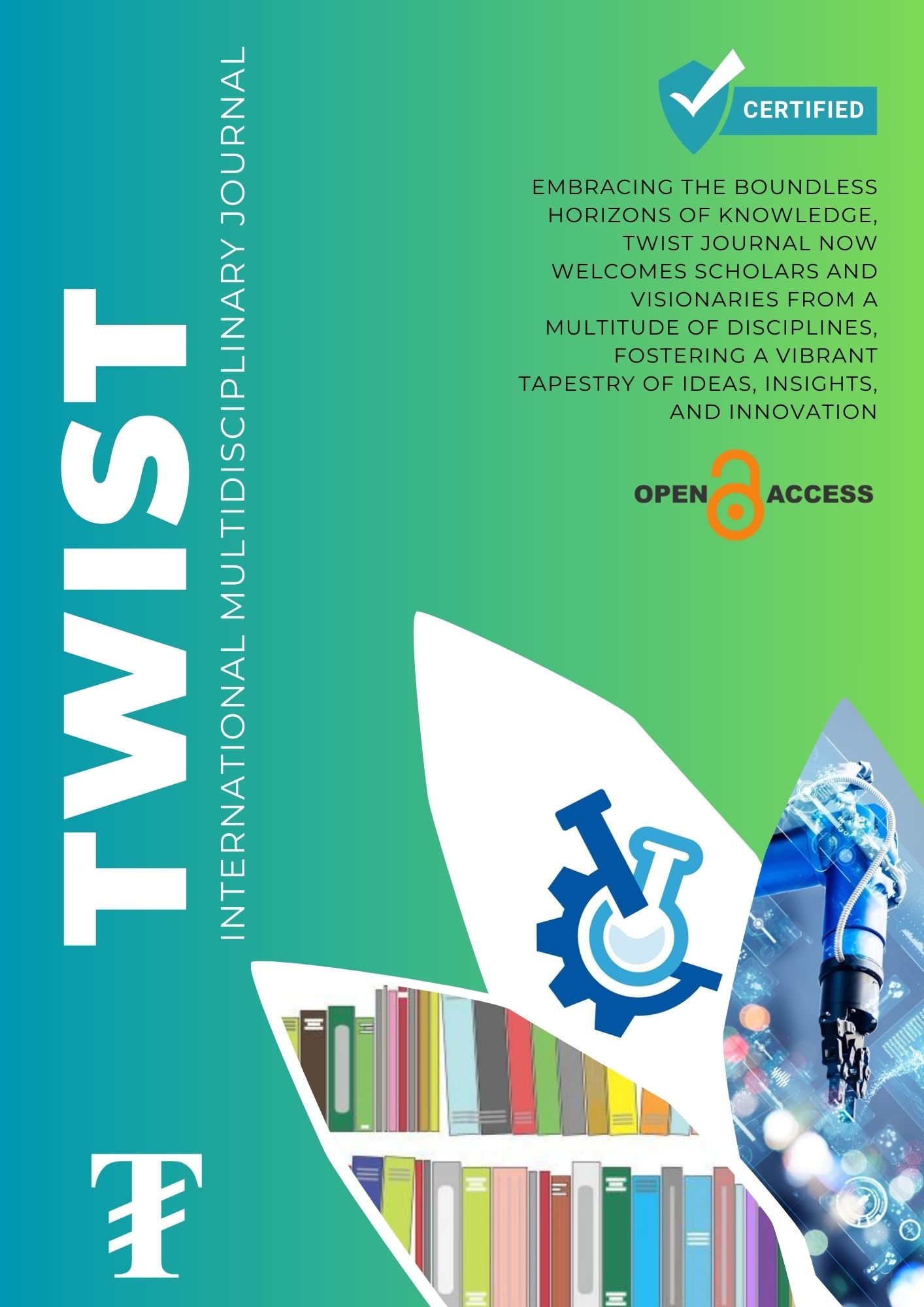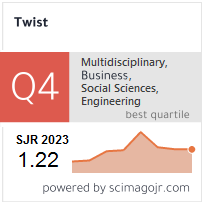A Comparative Evaluation of Stress Distribution in Different Designs of Corticobasal Implants in Bone
A 3-Dimensional Finite Element Analysis
Keywords:
Basal implants, KOS implants, KOS Plus implants, Finite element analysis, Axial and non-axial loadAbstract
Purpose: The purpose of this study is to use a three-dimensional finite element analysis to assess the stress distribution around bone for different corticobasal implant designs.
Materials and Methods: A three-dimensional model of a human mandibular bone was created using Finite Element Analysis (FEA) modeling software, based on measurements from a dried human edentulous mandible. This model was duplicated to evaluate stress distribution around the bone with different implant designs: KOS Implant (rough surface), KOS Implant (smooth and rough surface), KOS PLUS Implant (smooth and rough surface), and KOS MU Implant (rough surface). Each implant measured 12 mm in length and 3.7 mm in width. Axial and non-axial loads of 200 N and 20 N, respectively, were applied to the implant in these FEA models. The models were then analyzed using ANSYS software (version R18.1) for finite element analysis.
Results: For the group I implant models subjected to an axial load of 200 N, the overall stress (MPa) values for the KOS Classic implants were 257.515 MPa. Under a non-axial load of 20 N applied to the group II implant models, the KOS Classic implants exhibited overall stress values of 142.424 MPa.
Conclusion: This finite element comparative study found that the KOS Classic implant models exhibited the maximum Von Mises Stress distribution. Further research is necessary to comprehend the clinical implications of these findings.
Downloads
Downloads
Published
Issue
Section
License
Copyright (c) 2024 TWIST

This work is licensed under a Creative Commons Attribution-NonCommercial-ShareAlike 4.0 International License.











